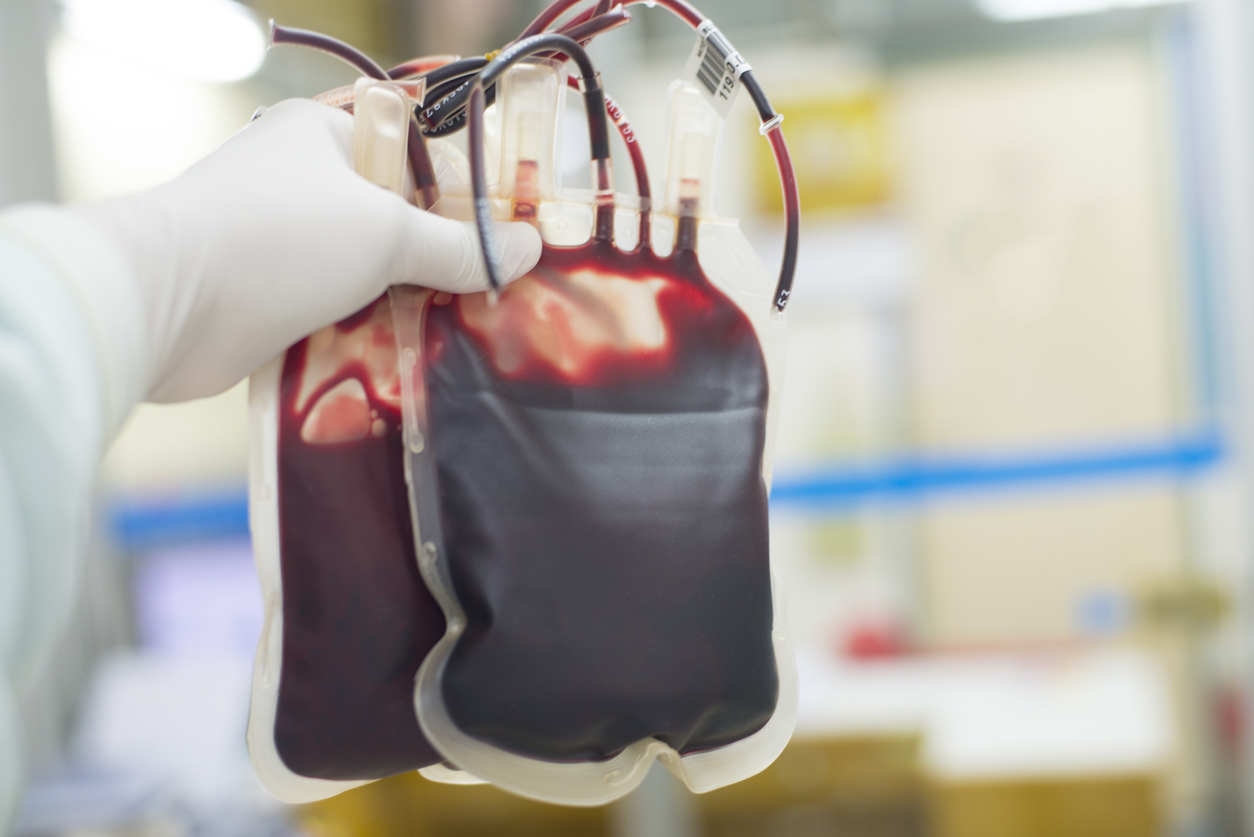An Overview of Customized Leukopaks
Updated on Dec 9, 2024 By Brandon H. McNaughton, PhD Share
What Is a Customized Leukopak?
A leukopak is a blood product enriched with white blood cells obtained through a unique extraction technique, leukapheresis. Leukapheresis, a specialized application of apheresis, targets the collection of leukocytes and returns all non-leukocyte material to the donor’s bloodstream.
Leukopaks can be customized to fit the requirements of their intended application, both clinically and for research and development. Before leukopak collection, donors are strategically selected for a range of characteristics—such as age, sex, race, medical history, and general health—to ensure the collection of leukocytes represents a particular patient population. Leukopaks are customized by specialized cell sorting or enrichment either during apheresis or as an after-collection processing step. By modifying a leukopak, better performance across multiple applications can be achieved.
Post-collection, leukopaks can be enriched further to increase the concentration of leukocytes, or even to separate T, B, and NK cells. This enhances purity for large-scale leukopak applications requiring high volumes of certain cell types. The customization of leukopaks results in a well-defined population of cells and a standardized source of specific leukocytes.
Made-to-order leukopaks play an important role in both research and clinical settings, increasing the efficacy and specificity of medical applications and experimental controls.
How Are Leukopaks Customized?
Donor selection is an important method of leukopak customization during leukapheresis. Specifying the characteristics of the cell donor ensures a representative sample, increasing the accuracy and applicability of research and treatment.
Donor selection can be as specific as necessary, although the most niche populations are the most difficult to find viable candidates. For example, when studying cancer, researchers will select donors based on specific cancer stages to represent the tumor microenvironment and general genetic makeup.
Leukopaks are also customized to enrich populations of cell subsets. In disease research, cell enrichment can yield high concentrations of T and NK cells to investigate host-pathogen interactions and immune responses to infections.
Drugs called mobilization factors can be administered to the donor to facilitate the traffic of a cell subtype to the bloodstream for easy collection via leukapheresis. This is a common leukopak customization technique for obtaining high volumes of CD34+ stem cells for cell transplantation or cell therapy. Mobilization factors like G-CSF (granulocyte colony-stimulating factor) and Plerixafor are often administered the day before leukapheresis and work by blocking the retention of CD34+ stem cells within the bone marrow and stimulating their production and release. Mobilized leukopaks are often paired with another process to purify a sample further.
Leukopaks can be further modified using specia leukopak processing. Techniques like flow cytometry, targeted antibody-based cell isolation, and cytokine stimulation refine an enriched leukopak sample into a pure cell type population ready for downstream application. Another example of post-collection modification is the cryopreservation of leukopaks, super-freezing the leukopak to increase the shelf life.
Limitations of Customized Leukopaks
Although highly useful, quality customized leukopaks can be difficult to obtain. Due to factors like donor variability and a possible struggle with donor recruitment, finding the ideal candidates for donation can be challenging. Additionally, common mobilization factors can cause the donor side effects like arthritis and nausea, and they may also damage the quality of the collected cells.
Akadeum Microbubbles for Customized Leukopak Processing
Akadeum’s antibody-coated microbubble technology provides gentle sorting to enrich, isolate, and prepare cells from a leukopak for optimal downstream performance. Our highly adaptable design allows Akadeum to customize the antibody cocktail to the leukopak, ensuring a well-characterized and concentrated cell population.
Access pure T cell samples using Akadeum’s T Cell Isolation Kit for a customized leukopak to meet high cell volume demands. Our Dead Cell Removal Kit can purify a customized leukopak by removing harmful dead cell debris and toxins that build up during storage and shipping.
Contact Akadeum today to learn more about how our microbubble technology can be best implemented with a customized leukopak to yield superior downstream results.



